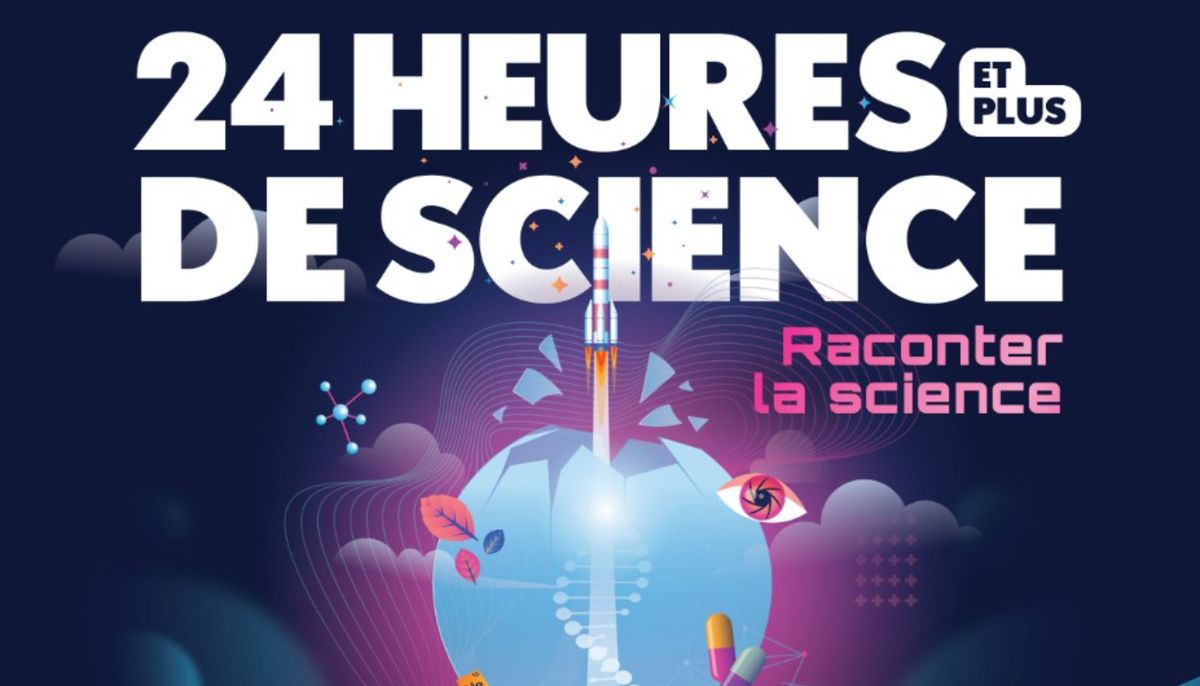Excess nitrogen, sodium, aluminum, or lack of oxygen: the chemical composition varies from one star to another within the globular cluster. However, these stars have it all They consist of the same molecular cloud and therefore must have identical compositions. To explain these anomalies, Corinne Charbonnel, an astrophysicist at the University of Geneva and the National Center for Scientific Research, and her collaborators imagined in 2018 that massive stars inside primary globular clusters would “pollute” the molecular cloud by injecting formed elements into it. Recently, thanks to surveys conducted by the space telescope James WebbThe same team highlighted an excess of nitrogen in a protocluster within a galaxy that emerged 450 million years after the Big Bang, in agreement with the pollution hypothesis of massive stars.
Globular clusters are groups of hundreds of thousands of stars bound together by gravity. Located in the halo of galaxies, it is among the oldest cosmic structures, some of which were formed 13 billion years ago. Stars are born there by gravitational collapse within a vast molecular cloud. It must therefore have a similar chemical constitution to that of a cloud, and above all, it must all be enriched with the same elements and in the same proportions. But since the 1970s, observations have revealed differences in composition between the brightest stars in the same cluster.
“In the early 2000s, with the arrival of large telescopes, we noticed that these structure anomalies were found in all stars of the globular cluster,” Corinne Charbonnel recalls. The main offenders are the sodium/oxygen bonds: stars have less oxygen than expected but much more sodium. Anti-correlations of nitrogen/carbon and aluminum/magnesium were also observed.
The explanation proposed in 2018 by Corinne Charbonnel and her colleagues relies on the presence of massive stars in clusters. As the molecular cloud contracts, gas surrounds and accumulates in the initial globular cluster. Thus, the mass of the initial cluster increases dramatically, but its size decreases. The protostars then collide and form supermassive stars of up to 10,000 solar masses. The temperature at its core is about 75 million degrees. “Only at such temperatures, inaccessible to young stars, can nitrogen be formed at the expense of carbon, oxygen and especially sodium and aluminum at the expense of neon and magnesium,” the astrophysicist specifies.
Massive stars grow rapidly early in the protocluster’s history and only live 2 million years (compared to a few billion years for a star like the Sun). By exploding prematurely, they release their chemical elements into the molecular cloud in a heterogeneous manner. It takes about 15 million years for young stars to form. Therefore, they feed on matter released by massive stars, hence the differences in their chemical composition.
To confirm this hypothesis, it was necessary to be able to observe globular clusters at an early stage of formation. What is made possible by the space telescope James Webb. Note the galaxy GN-z11, which was born 450 million years after the Big Bang. Globular clusters cannot be seen individually but “the abundance of nitrogen in this galaxy is quite extraordinary,” declared Corinne Charbonnel. This indicates early nitrogen production in clusters, as predicted by the massive stars scenario. To confirm this lead, scientists are looking for evidence of an abundance of aluminum.
Download a PDF version of this article
(for digital subscribers only)

“Music guru. Incurable web practitioner. Thinker. Lifelong zombie junkie. Tv buff. Typical organizer. Evil beer scholar.”





![[VIDÉO] LPHF: Like Cole Caufield, Ann-Renée Desbiens has her own unique shoes](https://m1.quebecormedia.com/emp/emp/63411_07894593662cf2-8a9e-4bd6-aa34-c999d634a876_ORIGINAL.jpg?impolicy=crop-resize&x=0&y=291&w=3492&h=1966&width=1200)

More Stories
Science is for everyone
Message from the Minister of Health – Food Allergy and Digestive Disease Awareness Month
European Space Agency – Space for Kids